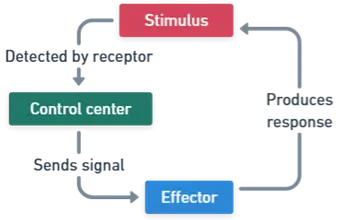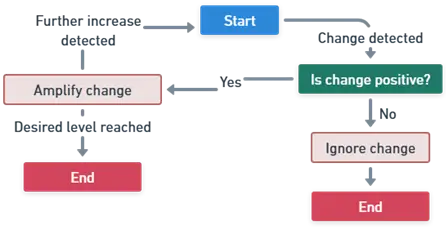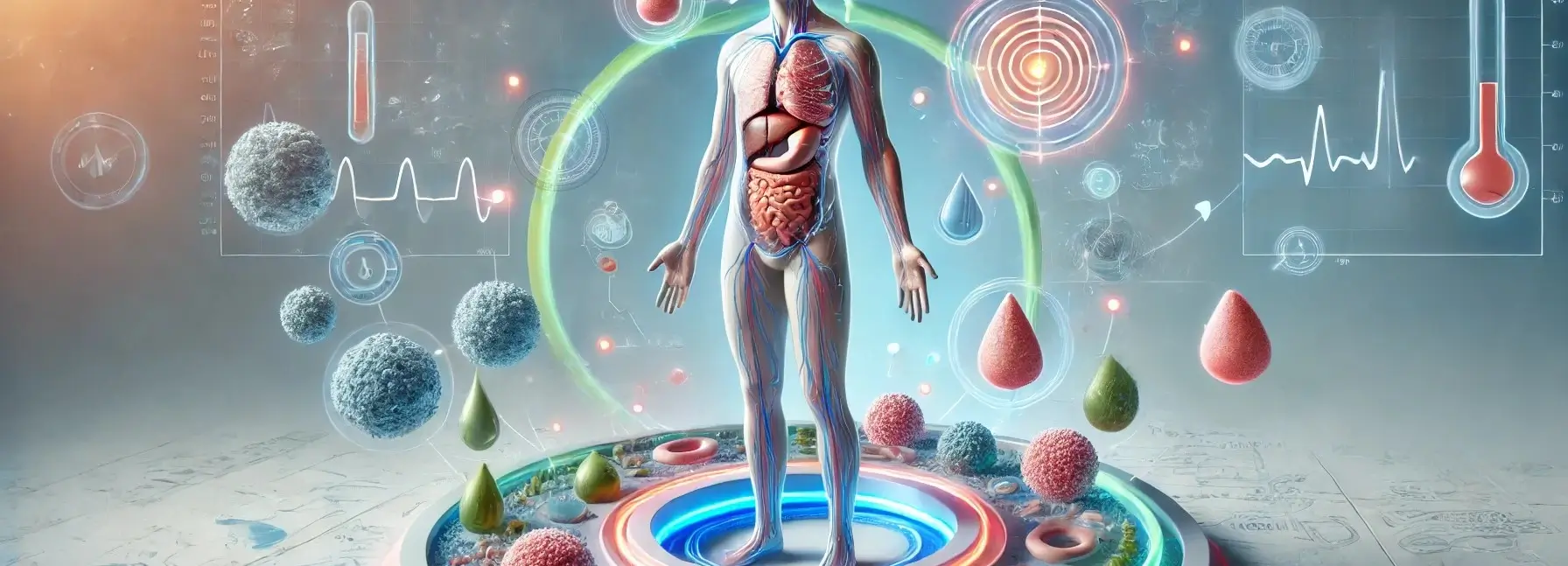- Homeostasis is the process by which living organisms maintain a stable internal environment despite changes in the external surroundings.
- Think of it like a thermostat in your home that keeps the temperature just right—neither too hot nor too cold.
Components of Homeostasis
- To maintain homeostasis, three main components are involved:
-
Receptor (Sensor):
- This detects changes in the environment. For example, temperature sensors in your skin can detect when it’s getting cold.
-
Control Center:
- This receives the signal from the receptor and processes the information.
- In your body, the brain often acts as the control center.
-
Effector:
- This makes the necessary adjustments to bring things back to normal.
- For example, muscles shiver to generate heat when you’re cold.
Types of Feedback Systems
- Feedback systems help maintain homeostasis by regulating the internal environment.
- There are two main types:
Negative Feedback Systems:

Mechanism of positive feedback system
- Negative feedback is like a loop that helps to counteract changes and bring the system back to its normal state.
- It’s the most common type of feedback system in the body.
- Example: Temperature Regulation
- Receptor: Temperature sensors in your skin detect that it’s cold.
- Control Center: The brain receives this information and decides that action is needed.
- Effector: Your muscles start to shiver, generating heat and raising your body temperature back to normal.
Positive Feedback Systems:

Mechanism of positive feedback system
- Positive feedback amplifies a change, making things move further from the normal state.
- It’s less common but is used in certain situations.
- Example: Blood Clotting
- Receptor: A blood vessel is damaged.
- Control Center: Platelets (a type of blood cell) recognize the injury and signal for more platelets.
- Effector: More platelets gather and release chemicals to attract even more platelets until the clot forms and stops the bleeding.
Summary of Homeostasis:
- Homeostasis keeps the internal environment stable.
- Receptors detect changes.
- Control Centers process this information.
- Effectors make adjustments.
- Negative Feedback counteracts changes to return to normal.
- Positive Feedback amplifies changes for a specific purpose.
By understanding these concepts, you can see how your body and other living systems stay balanced and function properly even when conditions change.

